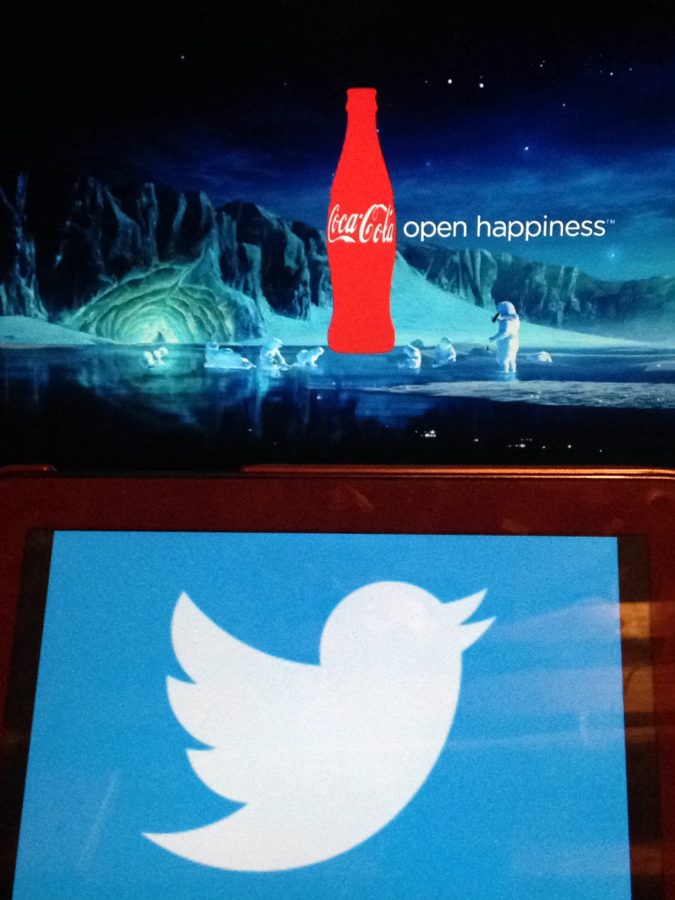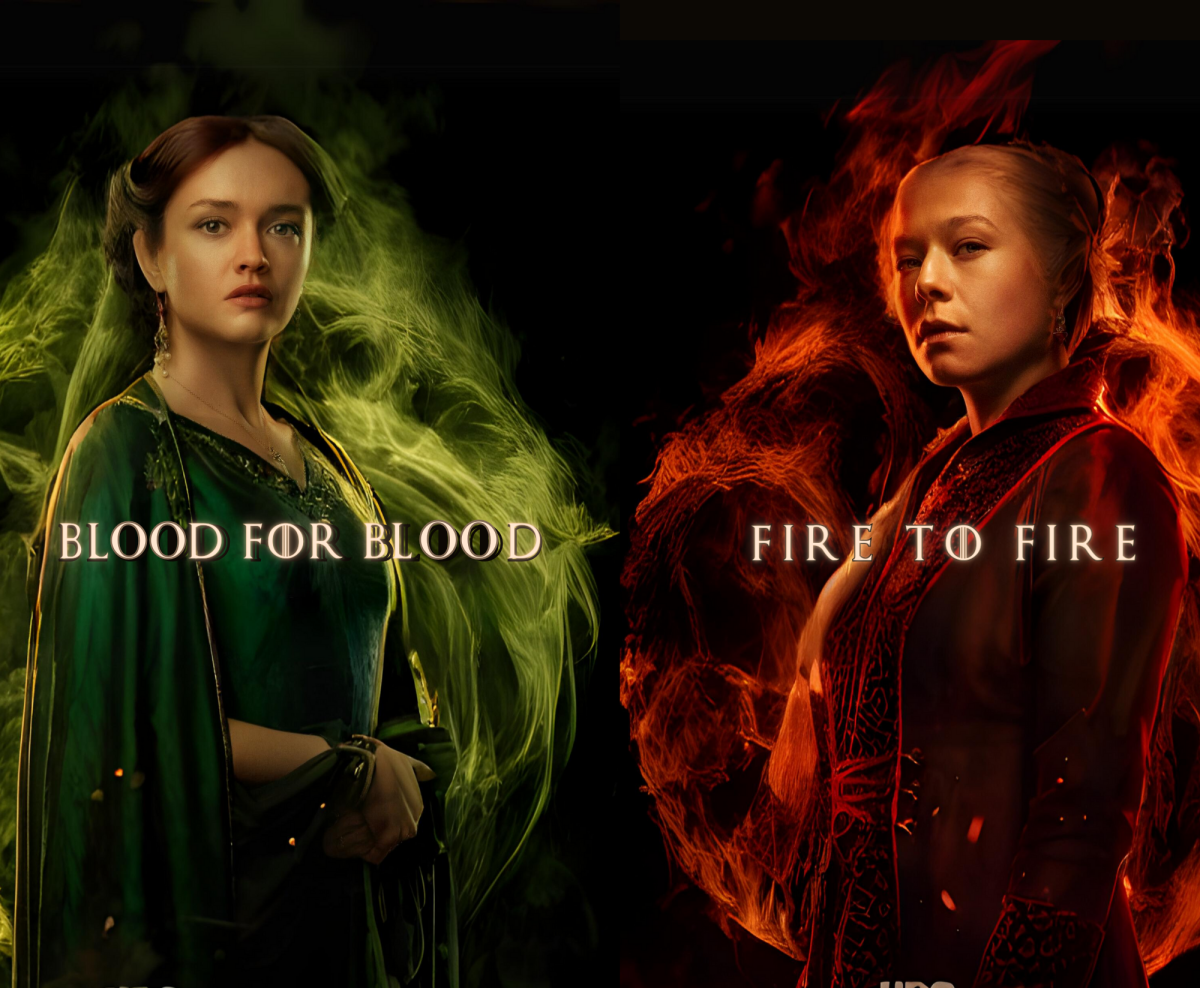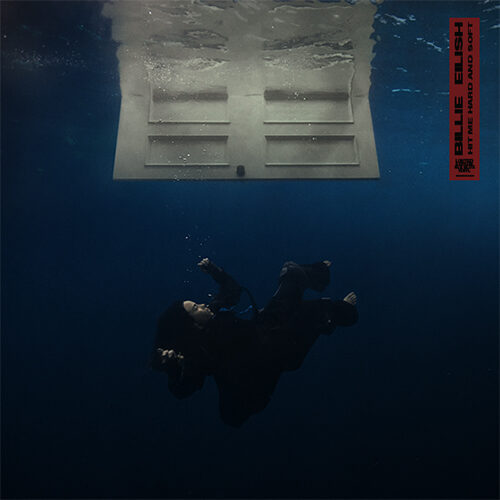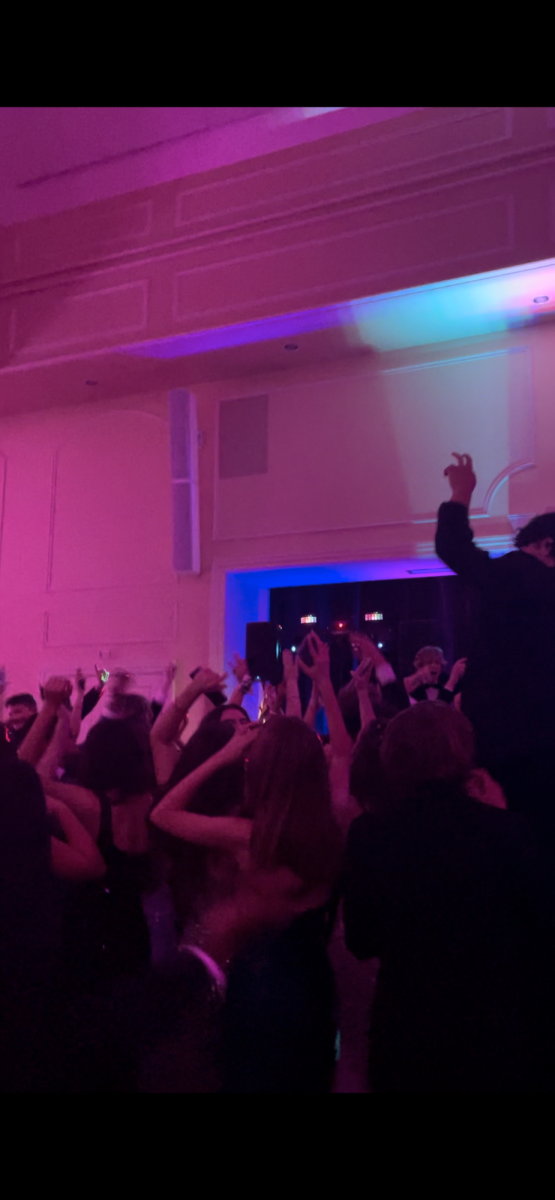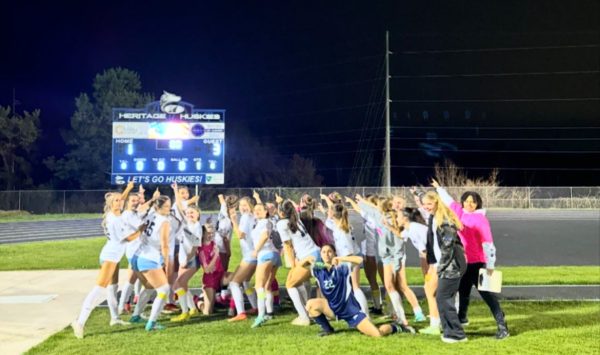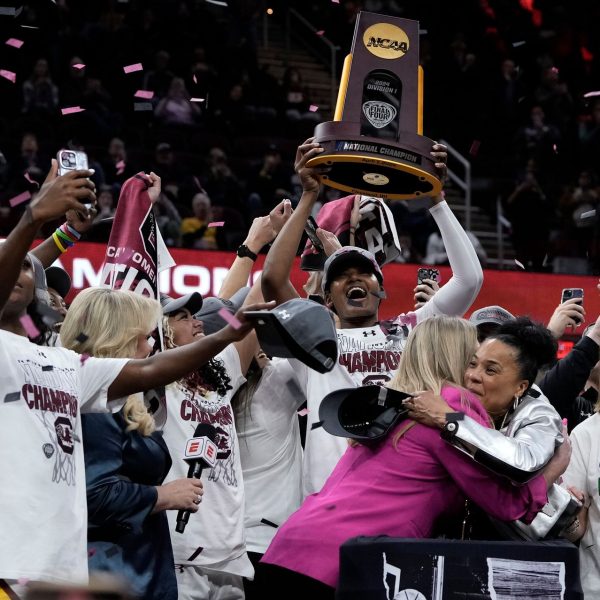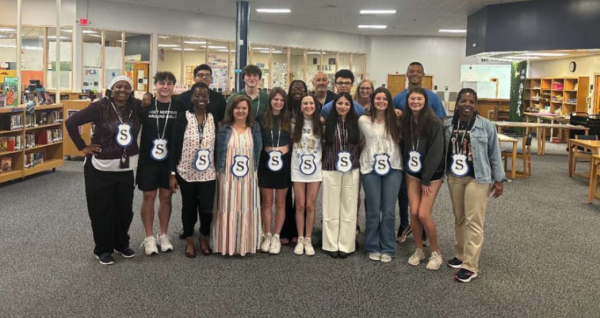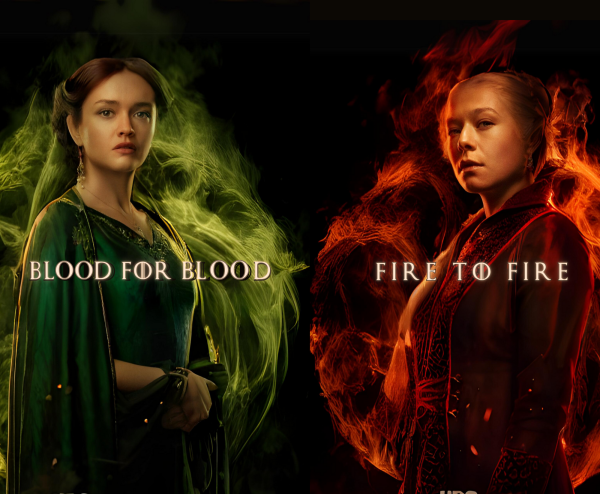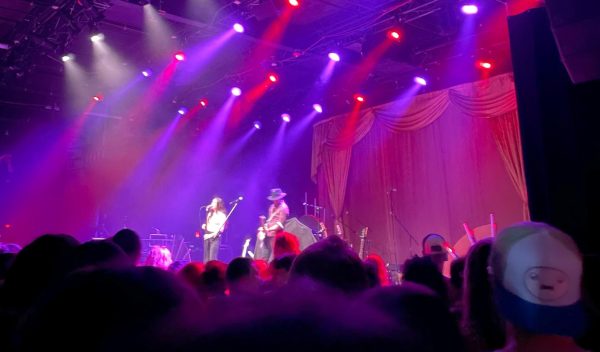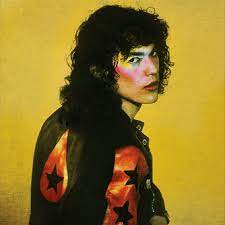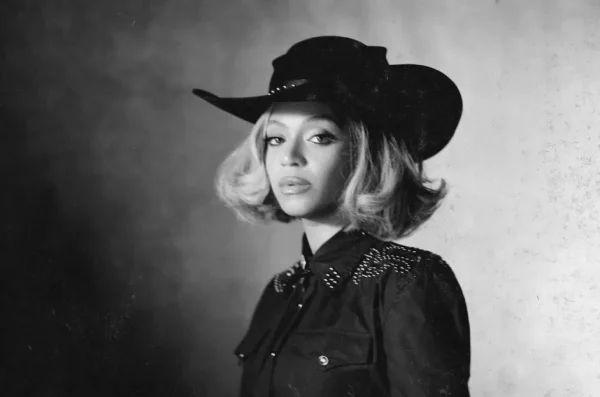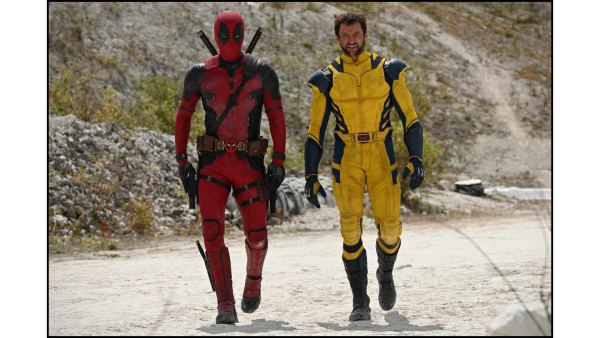Super Bowl commercials: a game of its own
While watching a commercial on TV, the viewer looks to follow the ad on social media. One of the most prevalent characteristics of the new Super Bowl commercials is the inclusion of social media, a new way for their ads to reach a mass audience.
February 1, 2017
The Super Bowl is one of the premiere sporting events in all of the United States, with millions of Americans tuning in every February to watch. In order to reach this massive viewership, companies of all products create advertisements designated for this day. The Super Bowl is not just a major event in the sporting world, but also in the advertisement industry.
The first Super Bowl ads were broadcasted in 1967 during the big game between the Packers and the Chiefs. Each ad slot was sold to companies for $37,000, and they were about 30 seconds long. This era featured black and white commercials, with plenty of classical music, like the 1969 Camel cigarette ad (this was before cigarette commercials were banned from TV). Super Bowl VII ads added another revelation, using popular NFL athletes in their commercials, specifically Hall of Fame quarterback, Joe Namath.
The turn of the century produced one of the most iconic commercials, Coca Cola’s feel-good ad featuring future Hall of Famer “Mean” Joe Green. This ad created a bond between a young boy and the big bad defensive lineman, setting a trend of companies in the 80’s to try to hit the emotions of the viewer. The 90’s involved a unique mix of advertisements, ranging from the feel-goods and to the more goofy type commercials, including the Super Bowl XXIX in 1995 about a boy sucking himself into a Pepsi bottle. In the meanwhile, the price of the 30 second ad slot began rising exponentially.
Events during the time period also shaped the type of commercials companies broadcasted. During Super Bowl XXXVII in 2002, a few months after the terrorist attacks of 9/11 took place, the most popular commercials were more patriotic, giving the American viewers a sense of much needed pride and happiness. Plenty of feel-good ads were created during this period as well, creating a trend of more uplifting Super Bowl commercials. However, once the recession in 2008 hit, companies making Super Bowl commercials, like Monster.com, did not waste time including this hardship in their advertisements.
In 2011, a 30 second Super Bowl ad slot surpassed the $3,000,000 mark, and quickly surpassed $4,500,000 just three years later. This was simply due to the Super Bowl’s extreme popularity in the United States and its growing popularity outside of the country. In order to reach more of the viewers with their ads, companies began reaching out to a relatively new platform: social media. Companies like Budweiser used social media, specifically Twitter, to expose their product more throughout the game, and allowing users, who may have missed their product in the original broadcast, to not miss it again.
During the incarnation of the Super Bowl, many critics did not believe that the game itself would stick, let alone the advertisements outside of it. Over time, however, commercials were able to create their own identities, and companies used the increasing viewership of the game to cash in with their products. They were also able to adapt their ads, hoping to create a commercial that would stick the product into the viewer’s mind for a long time. Junior Kaitlyn Becker, said, “Commercials nowadays are more memorable, especially the funny ones. It allows me to stay on top of these brands that I would’ve never heard of otherwise.” Super Bowl commercials were once an accessory of the game; now, they are a game of their own.


